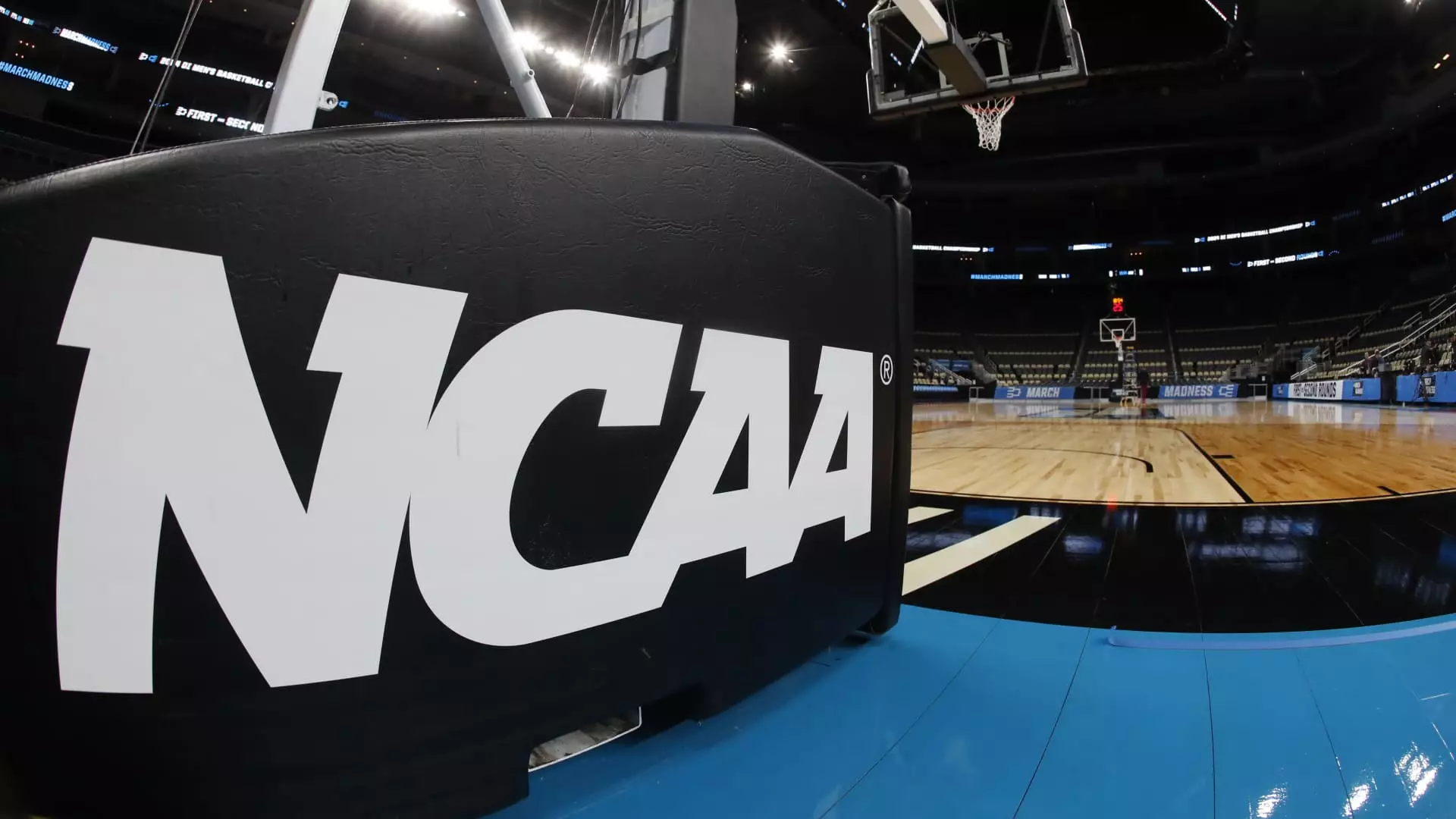The National Collegiate Athletic Association (NCAA) recently instituted a controversial policy affecting transgender student-athletes, aligning its guidelines with federal directives and sparking a wave of criticism from various advocacy groups. This move is not merely a procedural update but a significant redefinition of eligibility standards that impacts thousands of competitors across the nation. This article delves into the implications of the new policy while unpacking the responses it has evoked from the LGBTQ+ community and beyond.
On the heels of an executive order signed by former President Donald Trump, which threatened financial repercussions for institutions that do not restrict trans women from competing in women’s sports, the NCAA revised its transgender athlete policy. The fundamental principle of this new regulation is straightforward: individuals assigned male at birth will be barred from participating in formal competitive events on women’s teams. They may, however, practice with these teams and access related benefits, such as medical care.
In a notable aspect of this policy, all athletes, irrespective of their gender identity, can compete on men’s teams, provided they acquire a medical exemption if they are undergoing testosterone therapy. Conversely, female athletes who are taking testosterone or any form of hormone therapy are also excluded from women’s sports. This dual prohibition raises concerns about equity and inclusivity in athletics, especially as the NCAA previously adhered to Olympic standards, which allowed for more nuanced regulations.
The NCAA President, Charlie Baker, has articulated that the organization’s desire for clear and uniform eligibility standards across NCAA member institutions is meant to alleviate the confusion stemming from varying state laws. In his own words, he emphasized the importance of having a national benchmark to guide the participation of transgender athletes amidst a rapidly changing socio-political environment. However, his assertion overlooks the nuanced realities that transgender and non-binary athletes contend with in their pursuit of competitive sports.
Critics have pointed out that the NCAA policy fails to consider the complexity of gender identity, which cannot be merely distilled to a binary framework. Transgender triathlete Chris Mosier has been vocal in denouncing this policy change, bringing into focus the potential ramifications for intersex athletes and those requiring hormone therapies for legitimate medical reasons. The rigid categorization imposed by these regulations doesn’t just impact a small number of student-athletes; it has far-reaching consequences that can discourage participation among many who don’t fit into the prescribed norms.
Organizations like GLAAD have expressed significant alarm regarding the NCAA’s abrupt policy shift. Their statement condemning the changes encapsulates widespread concern over the lifting of previously established protections for transgender individuals in sports. Critics argue that these decisions come from a place of political maneuvering rather than grounded evidence in medical science and human rights discourse. GLAAD’s condemnation hinted not only at the discriminatory undertones of the updated guidelines but also highlighted the flawed reasoning underlying Trump’s executive orders, which have emphasized a narrow understanding of gender.
The implications of this policy reach deep into the fabric of collegiate athletics and affect not only the lives of transgender athletes but also the ethos of equality that educational sports are meant to embody. The response from advocacy groups suggests a vigorous fight for inclusion will intensify as they seek to overturn or challenge these policies in courts and public forums.
The NCAA’s revised transgender athlete policy stands as a focal point in the ongoing debate over gender identity and participation in sports. With calls for inclusivity and equity growing stronger, the impact of this decision is likely to resonate beyond the realm of college athletics, influencing broader discussions about gender rights, identity politics, and the future of sports in an increasingly diverse society. The challenge ahead is navigating these complexities while ensuring that all athletes, regardless of their gender identity, feel valued and empowered to compete on a level playing field. As advocacy groups mobilize against these new regulations, the dialogue surrounding transgender rights in sports is bound to evolve, potentially leading to more inclusive frameworks in the future.

Leave a Reply